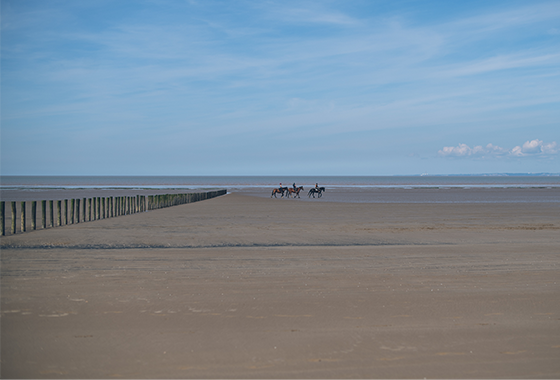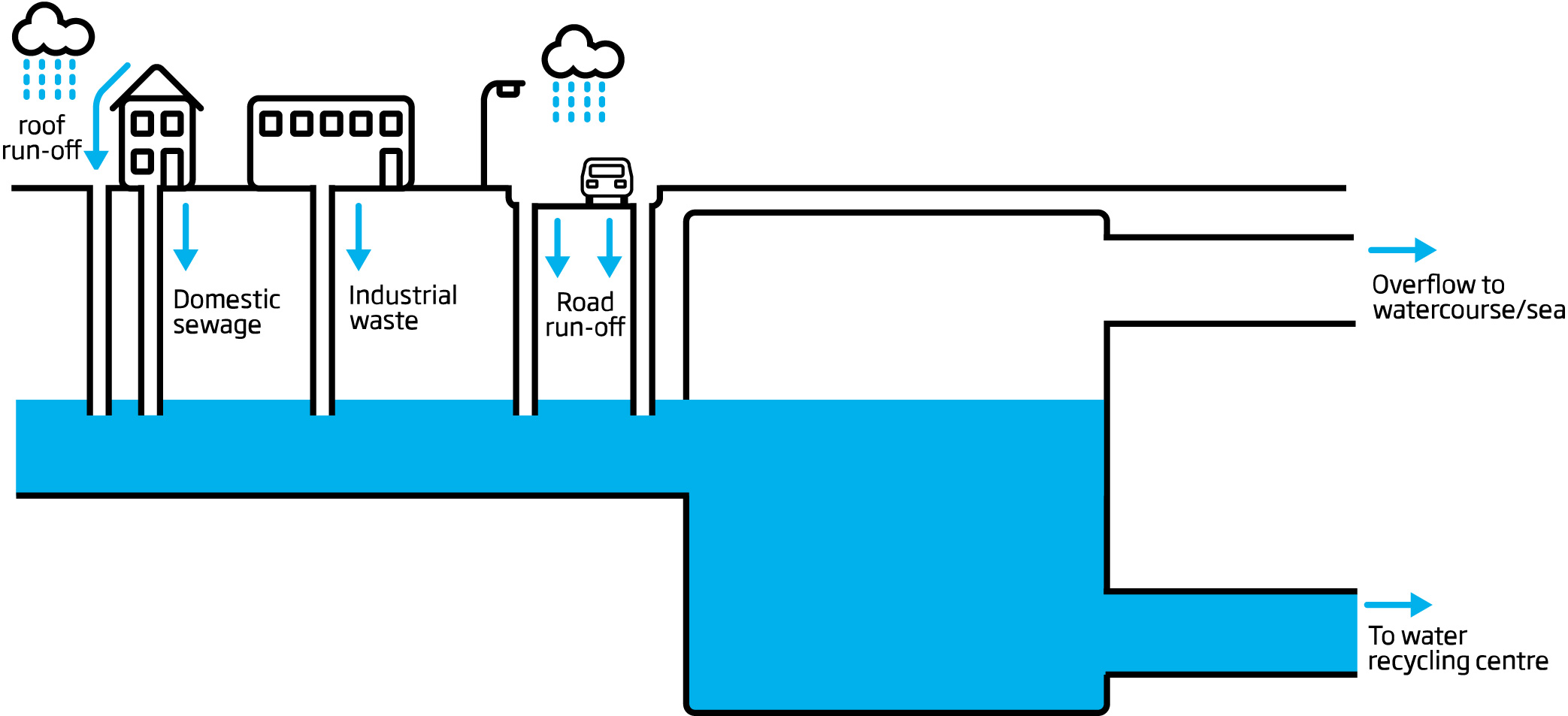- Home
- Our purpose
- Rivers and coastal waters
- Storm overflows
Our stance on storm overflows
Storm overflows have always been part of the sewerage network in the UK and while they have little impact on water quality, they are clearly not appropriate for the 21st century.
To eliminate all overflows immediately would bring huge disruption to our communities as well as a significant increase in water bills, forcing us to dig up huge numbers of roads at once and costing hundreds of millions of pounds.
That’s why we’ve committed to progressively reducing and eliminating the discharge of untreated sewage, starting with storm overflows that discharge most frequently and those that have any environmental impact.
Over the next five years, we're spending £8.5 million a month on overflow improvement schemes. See our storm overflow improvement dashboard.
Find out more about how we are tackling storm overflows.
Check for storm overflow discharges
We have installed monitors on all 1,295 storm overflows in our region.
These monitors feed into our interactive Coast and Rivers Watch map, which shows where they are and provides live information about when they operate.

What are storm overflows?
Storm overflows are part of an older type of sewer system called a combined sewer system. These sewer systems carry both surface water (rainwater from roof gutters, patios, driveways and some highways) and foul water (waste from homes and industry) together in one pipe. The combined sewage is then transported to a water recycling centre to be treated.
During a storm event, heavy or prolonged rainfall can rapidly increase the flow in a combined sewer and cause it to become overwhelmed. Storm overflows are designed to release this excess stormwater into rivers or the sea to prevent sewer flooding.
Media reports suggest water companies ‘dump raw sewage’, but this isn’t accurate. This implies we can control when they operate and what is released is highly polluting. However, we have no control over when they operate and the discharge is heavily diluted by rainfall.
The impact of storm overflows
As storm overflows should only operate during periods of intense rainfall, any foul water released from them will be very dilute because of the large volumes of rainwater flowing through the sewers, so they have very little environmental impact.
The Environment Agency is responsible for river and bathing water quality and it regulates intermittent discharges from storm overflows through environmental permits. The main polluting load of the contents of a sewer should flow to the treatment centre, allowing very dilute sewage to overflow when the sewer capacity is exceeded.
When storm overflows operate, the dilute sewage contains faecal bacteria, but their operation does not mean a bathing water’s quality is necessarily unfit for swimming. Bacteria generally do not survive long outside host organisms and are especially fragile when exposed to sunlight in seawater. Learn more about factors that affect water quality.

Document download
For all our other environmental information, please visit our document library.
Storm Overflow Event Duration Monitoring EDM Annual Data 2024
storm-overflow-event-duration-monitoring-edm-annual-data-2024.xlsx - (28.06mb)Storm Overflow Event Duration Monitoring Data 2025 Year to Date
storm-overflow-event-duration-monitoring-data-2025-year-to-date.xlsx - (6.94mb)Overview Of Sewer System and Storm Overflows
overview-of-sewer-system-and-storm-overflows.pdf - (445kb)WW Response To Defras Storm Overflow Targets Consultation
ww-response-to-defras-storm-overflow-targets-consultation.pdf - (157kb)